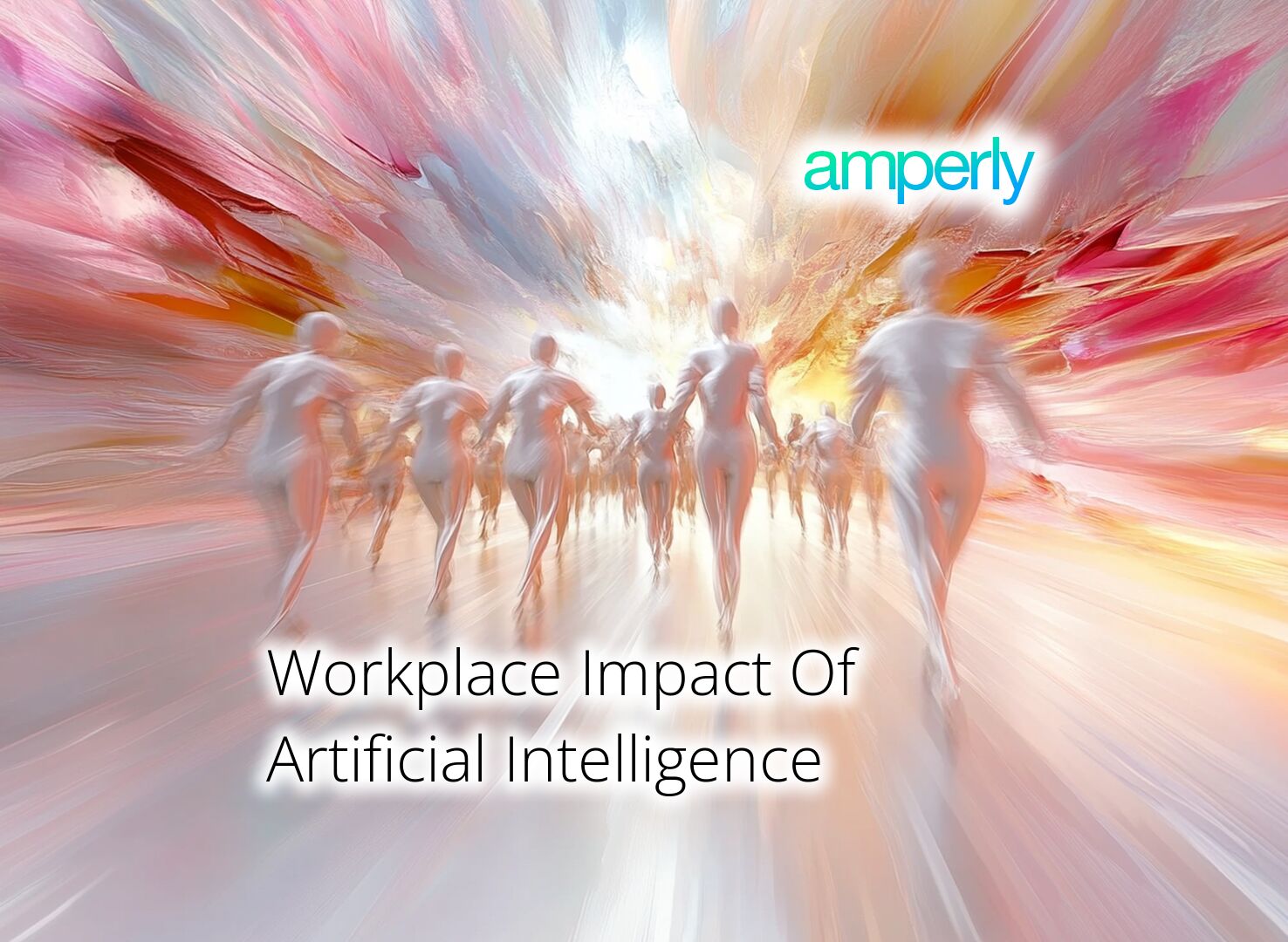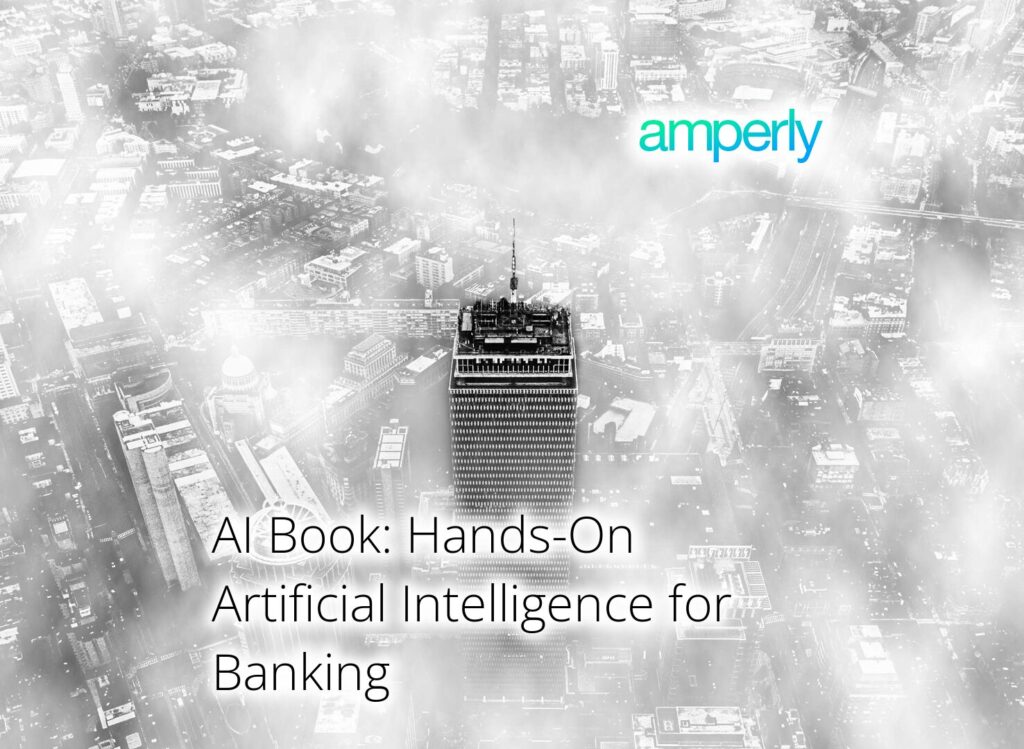The workplace impact of artificial intelligence is reshaping your role in ways you might not expect. AI isn’t just about automation; it involves safety, work culture, and the skills you need to thrive. Understanding how AI affects your daily tasks and overall environment can help you adapt and make the most of these changes.

For more insights on how AI enhances workflow efficiency, check out our article on AI productivity for business. You can learn more about AI applications in various fields here applications of artificial intelligence.
AI in Health and Safety Applications
AI can automate the elimination of hazardous tasks from workplace environments: This technology can significantly reduce the need for human workers in high-risk situations. Implementing AI in these roles can help avoid hazards like stress, overwork, and musculoskeletal injuries. By using AI, organizations can also mitigate the workplace impact of artificial intelligence, ensuring both safety and efficiency.
Predictive analytics enhance risk reduction by identifying potential hazards before they occur: With predictive capabilities, AI can analyze data from various sources to spot early signs of potential threats. For example, AI tools can use data from wearable sensors, revealing patterns that indicate fatigue or strain, leading to timely interventions. This proactive approach illustrates the workplace impact of artificial intelligence by fostering a safer environment.
Addressing Psychosocial Hazards with AI
Addressing Psychosocial Hazards with AI: AI can change work practices, leading to potential stress and reorganization of job roles. Increased monitoring through AI tools can inadvertently result in micromanagement, affecting employee mental health. It’s important to understand the workplace impact of artificial intelligence on employee well-being and productivity.
Eliminating Hazardous Tasks: AI can increase the scope of work tasks where a worker can be removed from a situation that carries risk. This technology helps avoid dangers like stress, overwork, and musculoskeletal injuries, contributing to a healthier work environment. Ultimately, the workplace impact of artificial intelligence is about creating safer job conditions while promoting efficiency.
Enhancing Workflow Efficiency with AI
Enhancing Workflow Efficiency with AI: AI-driven digital assistants automate administrative tasks. This improvement can lead to a productivity boost of up to 30%. By reducing repetitive duties, the workplace impact of artificial intelligence allows employees to concentrate on complex problems, ultimately enhancing overall business performance.
Streamlining Customer Service Through AI: AI technologies can handle basic inquiries in customer service settings more efficiently than human agents. Studies indicate that implementing AI in customer support can reduce human workload by 40%. This reflects the workplace impact of artificial intelligence by allowing employees to focus on higher-priority tasks and complex customer concerns.
Addressing AI-Driven Bias and Ethical Concerns
Addressing AI-Driven Bias and Ethical Concerns: Algorithms may unintentionally perpetuate human biases in hiring and performance evaluations. It’s crucial to recognize that 60% of employees fear discrimination due to AI decisions. Ensuring transparency in AI decision-making can alleviate these fears and promote trust in the workplace.
Streamlining Safety and Health Workflows: AI can significantly improve efficiency by automating repetitive tasks, allowing employees to focus on higher-priority responsibilities. Companies using digital assistants for such purposes have reported up to a 30% increase in productivity. Embracing the workplace impact of artificial intelligence not only boosts productivity but also enhances overall employee satisfaction.
AI-Induced Physical Hazards in the Workplace
AI-Induced Physical Hazards in the Workplace: Collaborative robots (cobots) can create new risks like human-robot collisions. About 70% of workplace fatalities stem from these types of incidents involving cobots, emphasizing the serious nature of this risk. Understanding the technology’s pitfalls is crucial to managing potential hazards effectively.
Health Analytics to Reduce Risk: AI can help identify conditions that lead to workplace hazards, like fatigue and repetitive strain injuries. Predictive analytics, utilizing data from worker activities, can decrease these risks by up to 40%. Being aware of how analytics can enhance safety can drive better health outcomes in the banking environment, reducing overall workplace impact of artificial intelligence.
Risk Management Best Practices for AI Integration
Risk management during AI design is crucial: Identifying risks early in the design phase can prevent potential hazards in the workplace. Predictive analytics are key here, as they can spot conditions that lead to overwork and fatigue, which affect 18% of workers across various sectors. Addressing these issues enhances the workplace impact of artificial intelligence and can lead to safer environments in banks.
Continuous health surveillance is necessary for worker safety: It’s important to keep track of how AI affects worker health over time through ongoing monitoring. Data shows that nearly 25,000 tech workers were laid off in early 2024 partially due to the demand for AI-driven solutions, reflecting the need for better health systems in workplaces. Implementing these measures will improve the workplace impact of artificial intelligence, fostering a safer and healthier working environment for all.
Regulatory Frameworks Guiding AI Use
Regulatory Frameworks Guiding AI Use: Understanding the rules is key to managing workplace data with AI. Compliance with regulations like the General Data Protection Regulation (GDPR) protects worker rights and ensures data privacy. Only 39% of workers feel confident that their workplace is compliant with these regulations, highlighting potential risks.
Analytics to Reduce Risk: Integrating AI in your workplace can improve monitoring and decision-making processes. Companies can use machine learning to analyze data from various sources, helping them spot issues like fatigue before they escalate. Successful implementation of these systems can potentially reduce workplace injuries by 25%.
Future Trends: Job Market Transformations Due to AI
AI may cause job displacement but create new roles: The rise of AI technologies will lead to job displacement in certain sectors, especially for lower-skilled positions. In fact, many businesses anticipate automation will result in job losses, particularly in Central and Eastern Europe. Understanding the workplace impact of artificial intelligence will help us prepare for these shifts and upskill where necessary.
Fostering human oversight can maintain job security: Balancing automation with human oversight can keep job security intact while also leveraging AI for productivity. This balance is essential since predictive analytics may help identify risks associated with fatigue or repetitive strain injuries, allowing earlier interventions. Businesses that prioritize the workplace impact of artificial intelligence can benefit from both increased efficiency and worker well-being.
Training and Development Needs in AI Era
Training and Development Needs in the AI Era: Adapting to the workplace impact of artificial intelligence means workers need to learn a mix of old-school skills and new digital tools. As many as 25% of tech workers have faced layoffs due to AI changes, highlighting the urgency to reskill. Ongoing training is key to keeping your abilities sharp and relevant.
Analytics to Reduce Risk: The workplace impact of artificial intelligence also includes using AI for predictive analytics to improve worker health and safety. Companies that apply machine learning for people analytics often see better decision-making and reduced injury risks. This focus on analytics could significantly change how health data is managed and interpreted in your workplace.
Cybersecurity and Data Privacy Challenges in AI
Cybersecurity and Data Privacy Challenges in AI: AI can increase vulnerabilities to cybersecurity threats, making it vital for banks to adopt strong protective measures. Nearly 25,000 tech workers faced layoffs in early 2024, highlighting the significant impact AI has on employment and job security. To address the workplace impact of artificial intelligence, clear communication about data usage is essential to maintain trust among employees.
Streamlining Safety and Health Workflows: AI can automate repetitive tasks, improving efficiency and allowing employees to focus on more critical responsibilities. Digital assistants like Amazon Alexa and Google Assistant have become increasingly popular in workplaces, helping to manage various administrative duties. This shift reflects the growing workplace impact of artificial intelligence, but organizations must also address concerns over data privacy and organizational readiness.
Artificial Intelligence Services
Artificial Intelligence (AI) is transforming how we work. It’s reshaping tasks, roles, and efficiency across various industries. Here’s a look at three key AI services that directly impact the workplace.
AI in Health and Safety Applications
AI tools automate dangerous tasks, reducing risks for employees. Predictive analytics spot potential hazards before they happen, ensuring a safer work environment. Learn more about our approach by checking our AI Services.
Enhancing Workflow Efficiency with AI
AI-driven digital assistants manage routine tasks, boosting overall productivity. By streamlining customer service, these tools allow teams to focus on more complex issues. Discover how we can support your operations with our artificial intelligence consulting services.
Addressing Psychosocial Hazards with AI
While AI can improve workflows, it can also lead to stress if roles change unexpectedly. Increased monitoring might spark micromanagement, which affects employee well-being. Learn how we tackle these concerns through our case studies using AI and client feedback.
Curious about how AI can elevate your business? Check out our services!
You can get valuable information on AI tools for improving workplace efficiency in this article AI tools for business.
Ready to Transform Your Workflow with AI? Here’s How!
Take a moment to think about your next steps. First, assess how AI can fit into your workflow today. Identify areas where automation can save you time and reduce risk. Secondly, start a conversation with your team about any AI tool implementations in your bank.
If you’re curious about how to drive this change effectively, feel free to reach out to us for assistance. We’re here to help you make the most of AI in your operations.

